Retro Replay Review
Gameplay
Kid Icarus delivers a distinctive blend of vertical platforming and shoot ’em up mechanics that still feels fresh decades after its original release. Players guide Pit on a relentless ascent through cleverly designed levels, where staying on screen is vital to survival. The core mechanic of shooting enemies with a bow that fires both forward and upward adds a tactical layer to movement, forcing you to plan jumps and attacks simultaneously.
(HEY YOU!! We hope you enjoy! We try not to run ads. So basically, this is a very expensive hobby running this site. Please consider joining us for updates, forums, and more. Network w/ us to make some cash or friends while retro gaming, and you can win some free retro games for posting. Okay, carry on 👍)
The game is punctuated by chamber entrances that introduce variety and strategy. You’ll encounter combat chambers teeming with monsters, treasure rooms offering vital power-ups, and shops where collected hearts can be exchanged for items. Each room type shifts the pace and demands different approaches—from careful resource management in shops to dexterous enemy dodging in gauntlet chambers.
Progression in Kid Icarus is tied to experience points gained by defeating foes. Each new level increases Pit’s maximum health, making the grind to reach higher tiers both satisfying and necessary. Alongside the leveling system, the Water of Life, Angel Feathers, and other power-ups you find or purchase dramatically affect your offensive and defensive capabilities, lending a light RPG element to the platforming action.
Boss encounters, particularly the climactic showdown with Medusa in her sky palace, serve as thrilling tests of your mastery. With limited lives and no mid-level checkpoints, every room feels high-stakes. While this steep challenge can frustrate newcomers, it also provides a compelling loop: learn the level layout, optimize your item loadout, and refine your timing until success feels truly earned.
Graphics
Kid Icarus showcases the NES’s graphical prowess with bright, bold colors and well-defined sprites that pop against the varied backgrounds. From the gloomy caverns of the Underworld to the cloud-laced halls of Angel Land, each environment feels distinct. Despite hardware limitations, the game creates an epic atmosphere, with imposing columns, ornate temple motifs, and scrolling parallax effects during boss battles.
Pit’s animations are surprisingly fluid for an 8-bit title. His bow draw, death tumble, and celebratory dance upon leveling up all convey personality. Enemy designs—ranging from winged beasts and floating eyeballs to stone warriors—are easily distinguishable and often carry Greek mythological inspirations that tie neatly into the overall theme.
Special effects, such as flashing lights in treasure chambers or the shimmering treatment of the Water of Life, add visual flair that keeps exploration exciting. While modern gamers may find the pixel count modest, the artistry behind each frame remains impressive, demonstrating careful attention to silhouette, contrast, and color balance.
Remastered collections and emulated releases have further polished Kid Icarus’s presentation, but the original graphics hold a nostalgic charm. Even today, the combination of simple yet evocative environments and dynamic sprite work makes the journey through Angel Land visually engaging, inviting players to lose themselves in Pit’s heroic adventure.
Story
Kid Icarus weaves a classic rescue narrative with mythic undertones. When the nefarious Medusa kidnaps Princess Palutena and threatens the very fabric of Angel Land, young Pit is summoned by the gods. This setup provides clear motivation and stakes, pushing players upward from subterranean lairs to heavenly palaces.
Although storytelling is delivered primarily through brief cutscenes and in-game text, the myth-inspired lore enriches every level. Shrines dedicated to different gods justify the power-ups you acquire, and encounters feel purposeful as you inch closer to Medusa’s stronghold. The sense of divine favor—embodied by items like Angel Feathers—reinforces the theme of a hero chosen by higher powers.
The narrative pacing aligns well with gameplay progression. Early stages introduce Pit’s mission and basic threats, while later levels reveal Medusa’s growing influence through increasingly bizarre and formidable foes. By the time you reach the sky palace, the story feels both urgent and grand, culminating in a climactic showdown that rewards your perseverance.
Beyond its straightforward plot, Kid Icarus hints at a larger world. Hidden rooms and secret tests suggest untold trials awaiting the hero, adding a layer of mystery that encourages exploration. Its story may be simple, but its mythic flavor and clear hero’s journey structure make it memorable and compelling for players of all ages.
Overall Experience
Kid Icarus remains a must-play for fans of retro platformers and anyone curious about video game history. Its fusion of vertical movement, shooting mechanics, and light RPG elements sets it apart from contemporaries. Each run feels like a fresh challenge, thanks to randomized heart placements and the variety of chambers you encounter.
The game’s difficulty curve can be unforgiving—falling off-screen or running out of lives sends you back to the start—but that very harshness makes victory sweeter. Memorizing level layouts, optimizing item purchases, and mastering jump-shoot combinations create a deep sense of accomplishment. For dedicated players, the quest to beat Medusa is as rewarding as it is demanding.
From its iconic soundtrack to its pioneering level design, Kid Icarus stands as a testament to Nintendo’s early innovation. While modern titles may streamline progression and checkpoint systems, there’s a special thrill in overcoming the raw challenges of this classic. It’s an experience that teaches precision, patience, and pride in mastering a legendary NES adventure.
Whether you’re seeking a nostalgic trip back to the 8-bit era or a fresh taste of retro difficulty, Kid Icarus offers a compelling package. Its blend of mythological storytelling, crisp graphics, and addictive gameplay ensures that Pit’s quest to save Angel Land remains as engaging today as it was at its 1986 debut.
 Retro Replay Retro Replay gaming reviews, news, emulation, geek stuff and more!
Retro Replay Retro Replay gaming reviews, news, emulation, geek stuff and more!
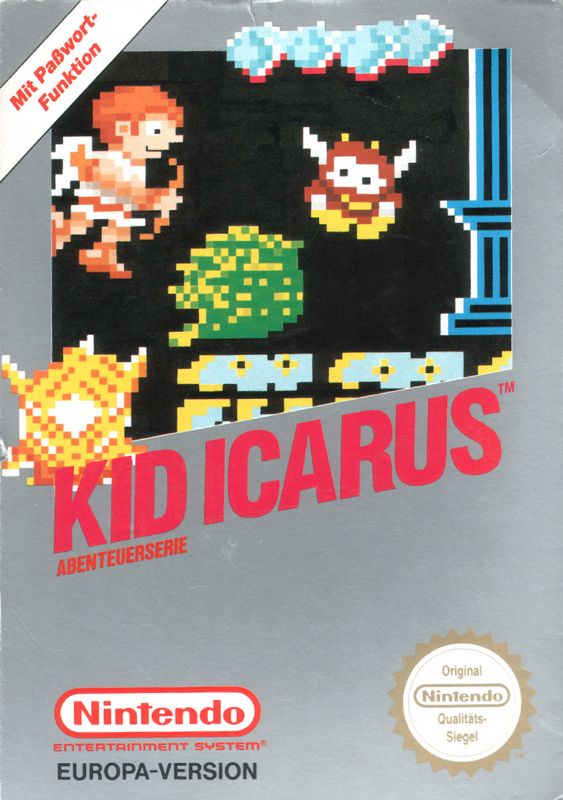

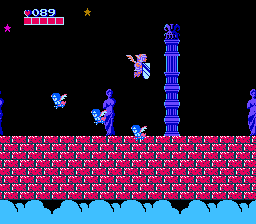
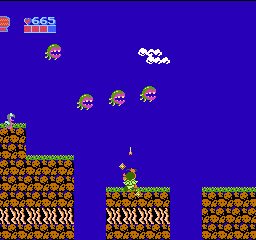
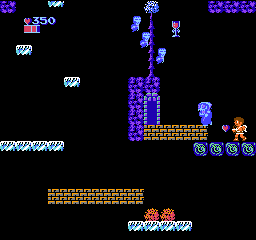
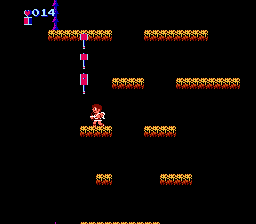



Reviews
There are no reviews yet.